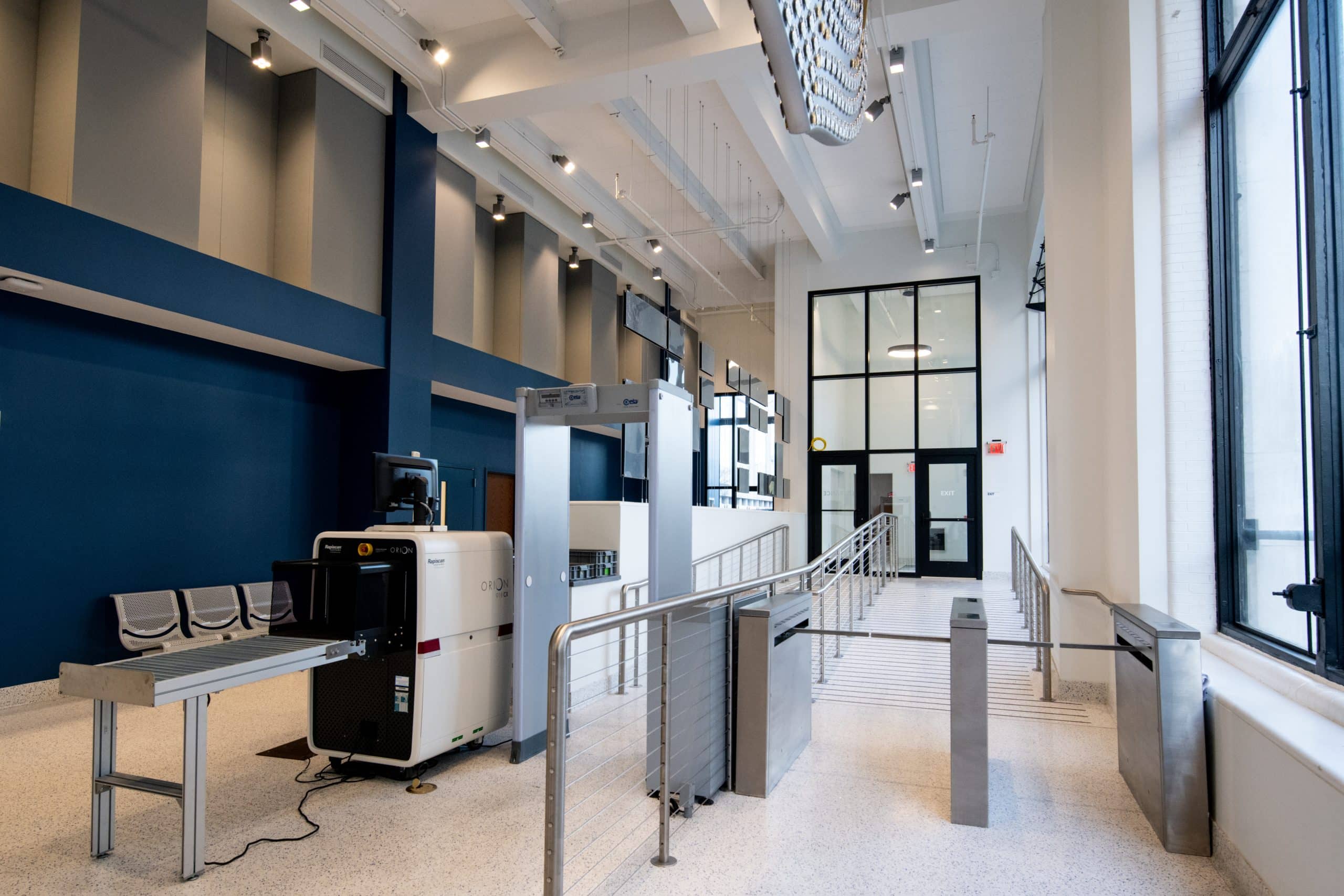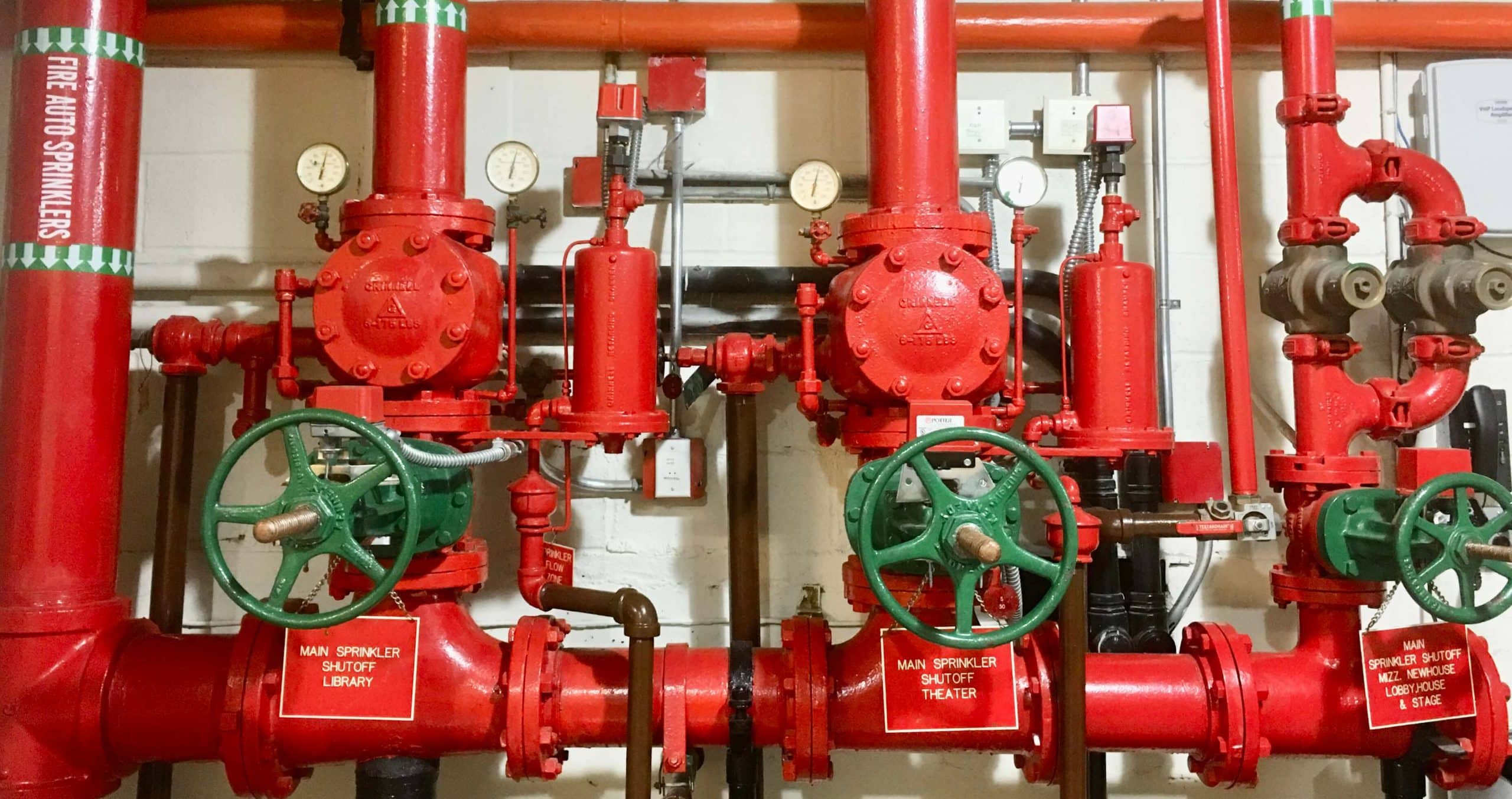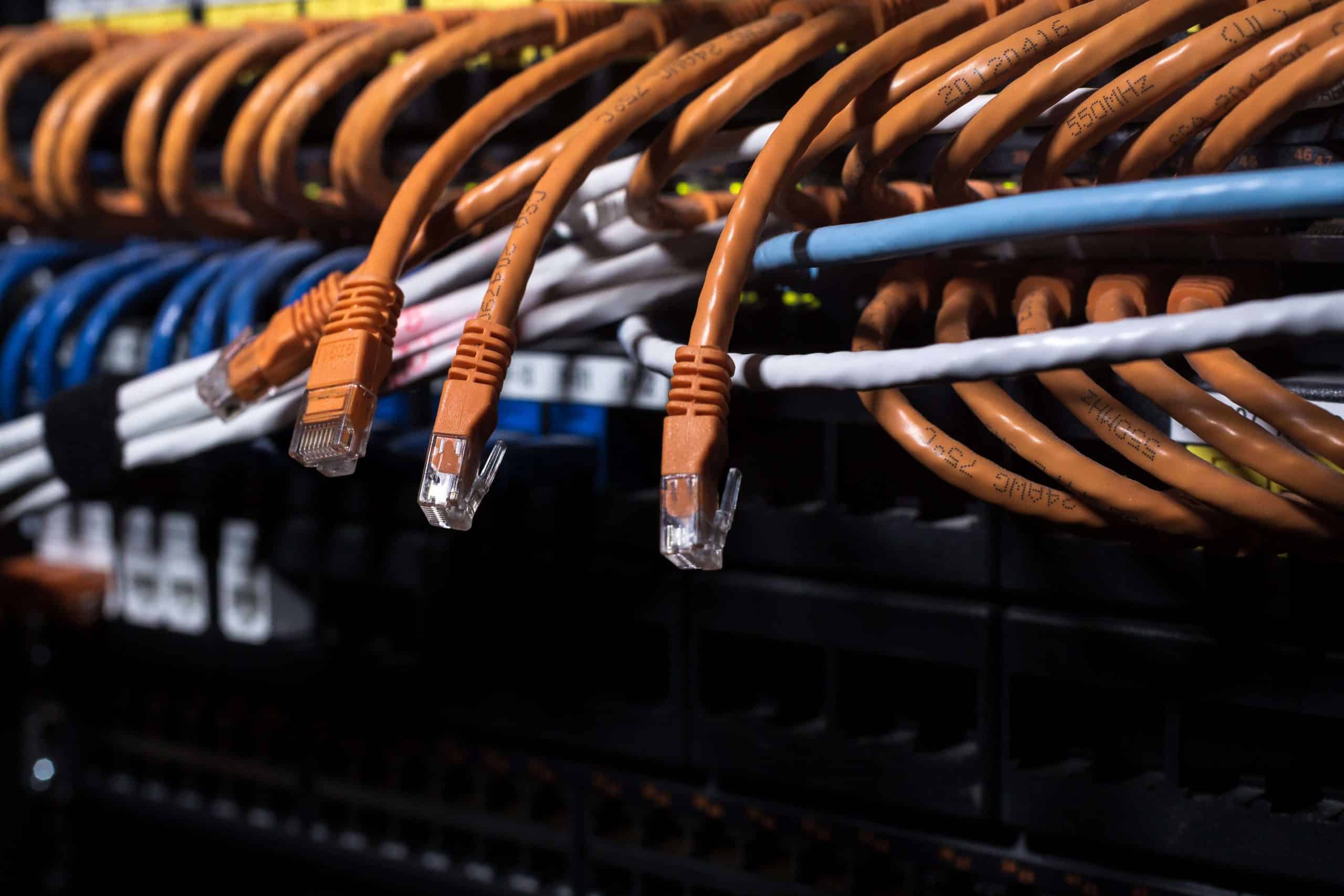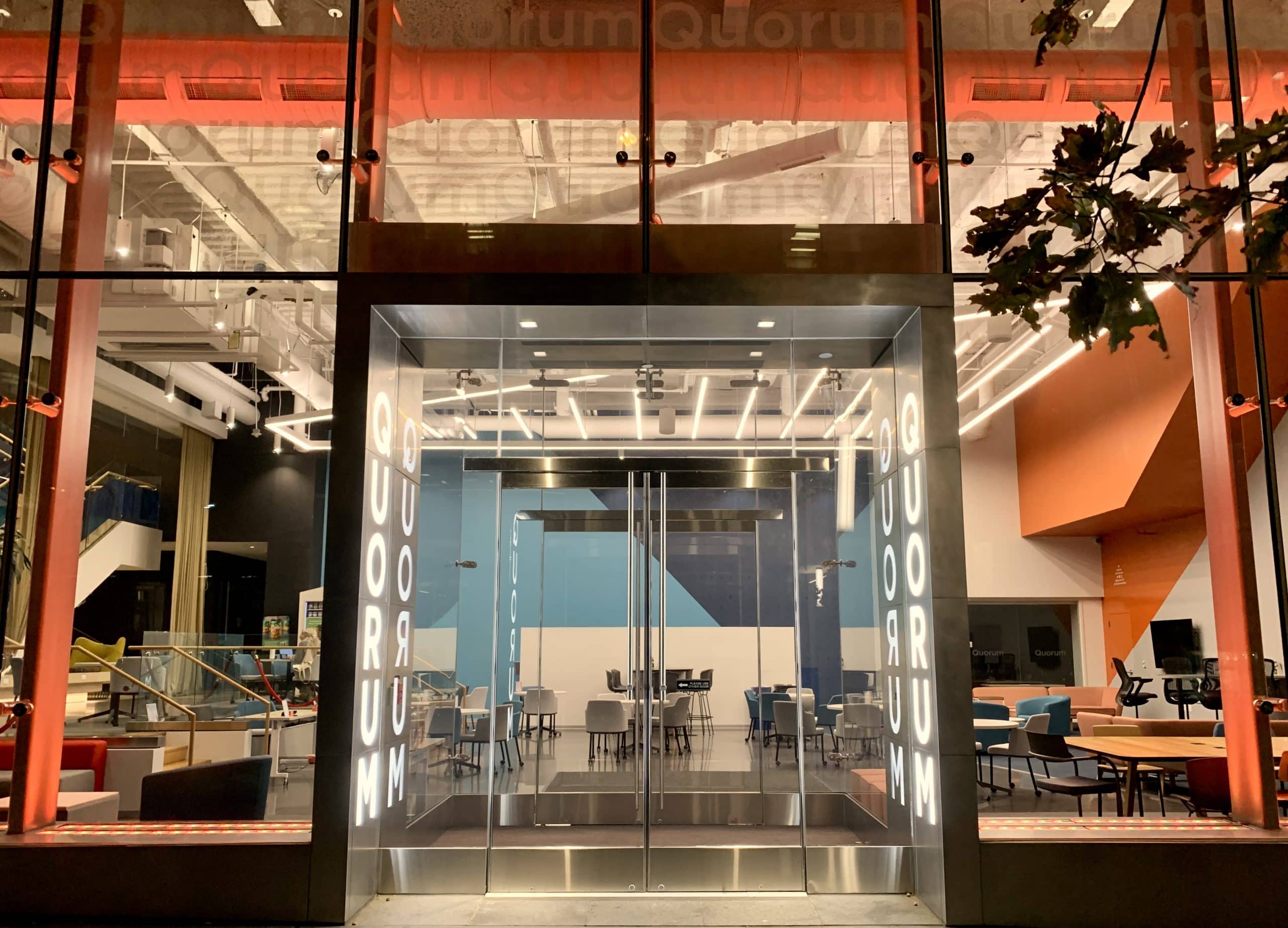Global Perimeter Intrusion Detection System (PIDS) installations are expected to grow nearly 7.5% in the next five years driven by a rise in government investment in the security sector, increased threat of attack, and a need to reduce manpower costs. Additionally, older legacy systems are reaching the end of their service life. That means in the next five years it’s likely that many organizations will face decisions regarding their own facilities’ perimeter protection.
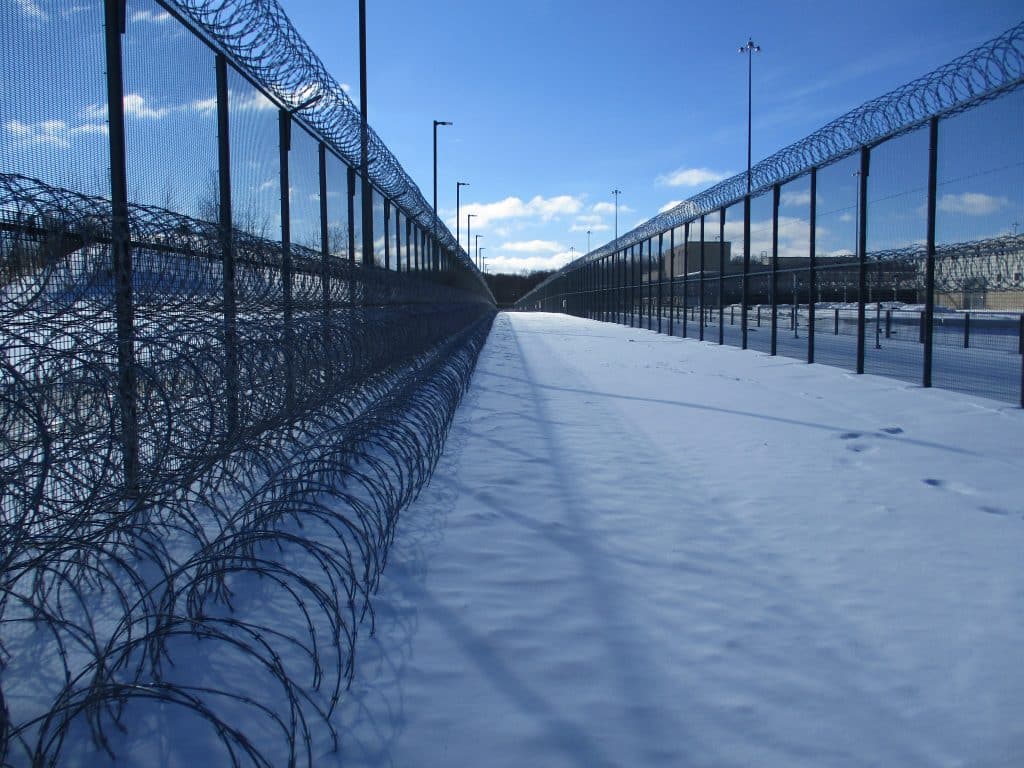
Selection decisions always come with that twinge of anxiety caused by the fear that one will choose the wrong product, the wrong contractor, or that the system will fail to provide the ROI as anticipated. Another source of stress can be deciding who will decide on the type of system purchased. Typically, the end-user of the system will want the highest quality, while the purchasing agency will likely want the least expensive system.
The greatest way to avoid this anxiety and conflict is research and planning, but that is often easier said than done, particularly if the technology in which you are interested hasn’t been widely adopted in your industry. Each major PIDS manufacturer does it a little differently; particular solutions from the same manufacturer can even be quite different. These variations have significant implications with regard to cost, magnitude of installation, future expandability, appropriateness to the intended application, and overall effectiveness.
Hiring an independent third party to act as a negotiating partner with purchasing is one way to ensure that the facility purchases the system it needs, rather than the system with the lowest price point.
SOME INS AND OUTS
The brain of a PIDS is the alarm processing unit. These units use digital signal processing and adaptive algorithms in the detection process to optimally discriminate between actual intrusions and environmental activities and allow the system performance to be adjusted for specific fence or barrier types and environmental conditions. Digital event discrimination programming in both fiber- and copper-based systems has become more accurate as computer processing has improved.
The operating principle of fiber optic sensors is the interruption of light properties such as intensity, phase, polarization state, or light frequency. Disturbance of the signal is induced by an external vibration, which the processing unit then analyses. Fiber optic sensors have the advantage of being lightweight, flexible, resistant to corrosion, and immune to electro-magnetic interference (EMI). Combined with a service life of up to twenty years, these characteristics make them an attractive option as a basis for PIDS.
PIDS are commonly fence and barrier mounted, although they can be applied as ground buried line sensors. As older PIDS reach the end of their service life, more and more facilities are considering implementing fiber optic sensing PIDS in order to take advantage of the low total cost of ownership (TCO) touted by fiber optic PIDS manufacturers. While fiber optic systems are less than 10% of the market, estimations are that 35-40% of new medium (approximately 1 mi.) to large installations (greater than 1.5 mi.) are fiber optic systems. These systems are effective when properly implemented, but they require a higher initial capital investment. The challenge for many security decision-makers is determining the appropriate PIDS to employ at their facility; balancing performance, features, and cost.
A project planning team should be formed and begin gathering the information that will impact the cost of designing, installing, testing, and maintaining the new system. The length of the facility’s perimeter, for instance, will impact the bottom line. Many integrators and manufacturers quote systems by the meter or foot, so this information will be required when you finally do ask for an estimation of cost. Short perimeters typically won’t justify the expense of a fiber optic PIDS, except in the case of critical infrastructure. The condition of any existing fences and gates must be assessed as well. This assessment must be done relative to the standards established by the manufacturer of the PIDS and design engineers. This has such a significant impact on performance that many of the manufacturers of these systems enforce deflection test standards that must be met prior to the system being warrantied.
It is also important to understand your facility’s power and communications infrastructure and how it will impact, or be impacted by, a fiber optic PIDS. Many fiber optic PIDS do not have electrified field components. This means that unlike a shaker or microphonic PIDS most fiber optic PIDS do not require electronic devices on the perimeter. All powered components for a fiber optic PIDS are typically located in the equipment room eliminating the need to bring power infrastructure out to the perimeter. Cameras used to monitor the perimeter and to verify alarm conditions will require power infrastructure, but if properly planned for, spare fibers (parallel fibers within the same jacket not utilized for intrusion sensing) can, in some cases, be designed to provide a communications path for video to the headend. A system that takes advantage of this communications infrastructure requires careful attention to the design details in order to make complementary integrations that are functional and sustainable.
Understanding the existing integration between all security technology systems can help the planners foresee hidden expense and complication. Utilizing security technology to create a layered defense of your facility is done most efficiently when the facility employs Access Control Systems (ACS), Video Surveillance Systems (VSS), PIDS, and programmable logic or networking systems that complement each other. Whether it’s a new construction project or an upgrade to existing systems, there can be a lot of loss, in terms of cost and performance, if the existing systems cannot communicate with the planned systems they are required to, or if systems not integrated are not designed ergonomically.
There are some performance metrics that planners should be familiar with; let’s review some. Probability of Detection (PD) refers to the system’s ability to recognize anomalies and properly classify them as intrusion attempts. FAR or ‘False Alarm Rates’ refers to the percentage of time that the system detects an anomaly and falsely classifies it as an intrusion attempt, or indicates an intrusion attempt in the absence of an anomaly. False alarms are nuisance alarms generated by the equipment.
Nuisance Alarm Rate (NAR) is the percentage of times the system will classify an anomaly as an intrusion when it has been caused by something other than an intrusion attempt, such as debris hitting the fence or high winds causing the fence to vibrate. Resolution is the system’s ability to pinpoint the location of a detected intrusion attempt. These performance metrics will be impacted by different conditions present at different installations and standards vary from manufacturer to manufacturer. Therefore, it is not only important to be familiar with these terms, but to understand how conditions at your facility will impact them.
A PIDS’ detection abilities and functionality should be regularly tested to determine that the equipment is functional and has adequate sensitivity. Operational testing should be conducted, in addition to performance testing.
Operational testing ensures that the system is contributing to the overall system effectiveness as intended. It should include the simulation of various types of adversaries employing various circumvention methods in varying environmental conditions. Manual testing is effective, but can tax facility resources, for example, staff time.
Performance tests verify the systems parameters and that the system is working properly, and according to specifications. It can be useful if a system has a self-testing feature for the sensor and alarm communication systems. Self-testing mechanisms make it possible for system operators to frequently assess the system’s performance.
Testing is especially important following the performance of system maintenance.
DON’T BE FENCED IN BY THE WRONG SOLUTION
Fiber optic technology is complex and can be expensive. It is an option for perimeter protection that facilities should consider, but it isn’t the only solution for perimeter protection. One of the most critical tasks to complete before reaching out to a manufacturer or integrator is to properly assess the needs of your facility. By conducting a systematic and well documented survey in order to create a complete facility characterization, including existing systems, a third party like PSE can assist your organization in determining its needs and maximizing the return on allocated resources. Independent third party consultants have no financial incentive to suggest one solution over the other. Certified security engineers, trained in high performance, high security perimeter and risk assessment are able to align the needs of the facility with the appropriate security technology to emphasize the strategies, programs, and technologies of the facility.




